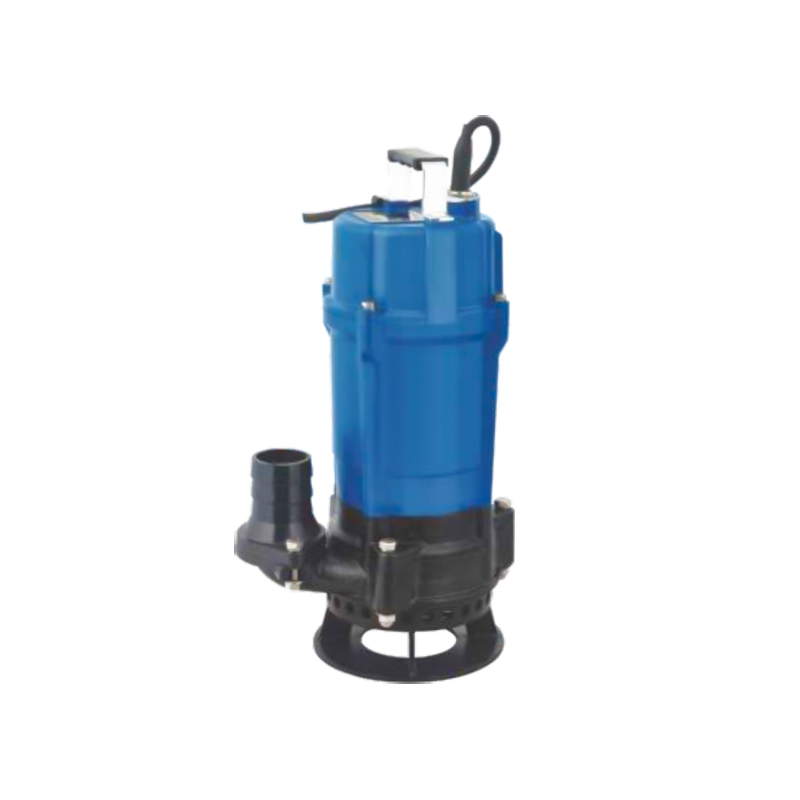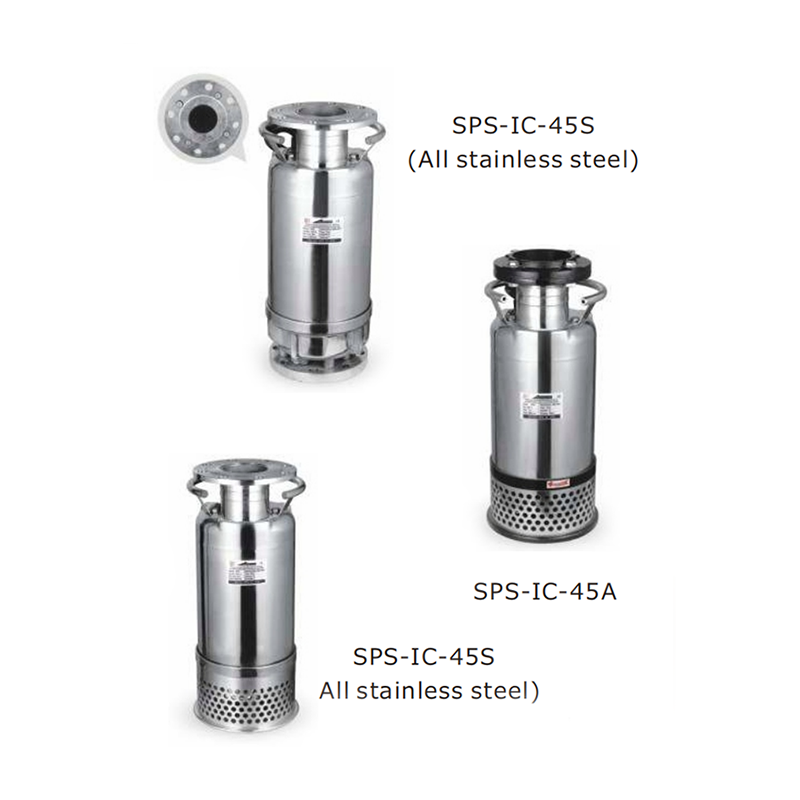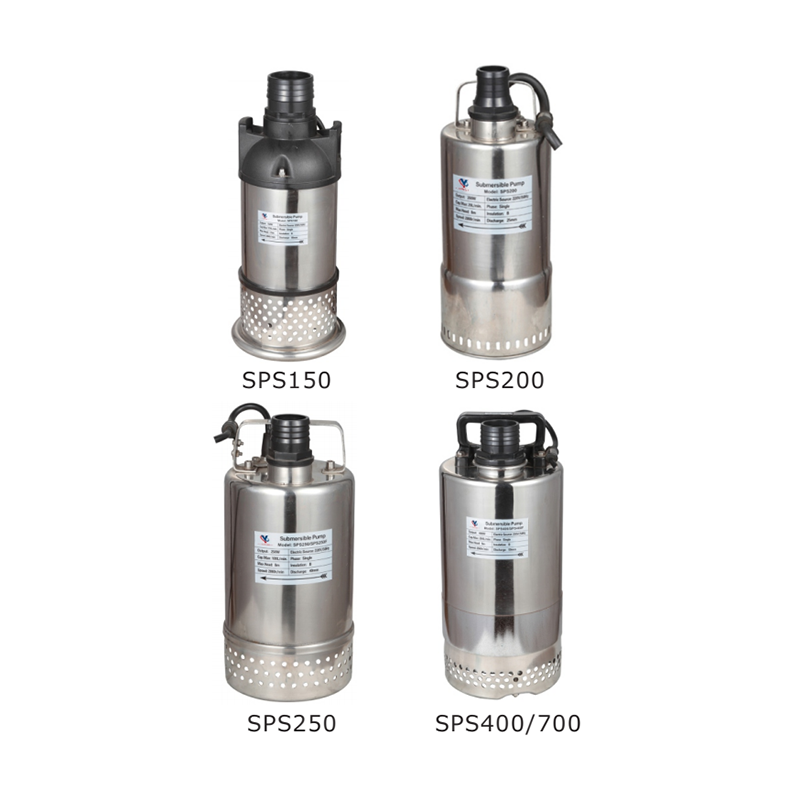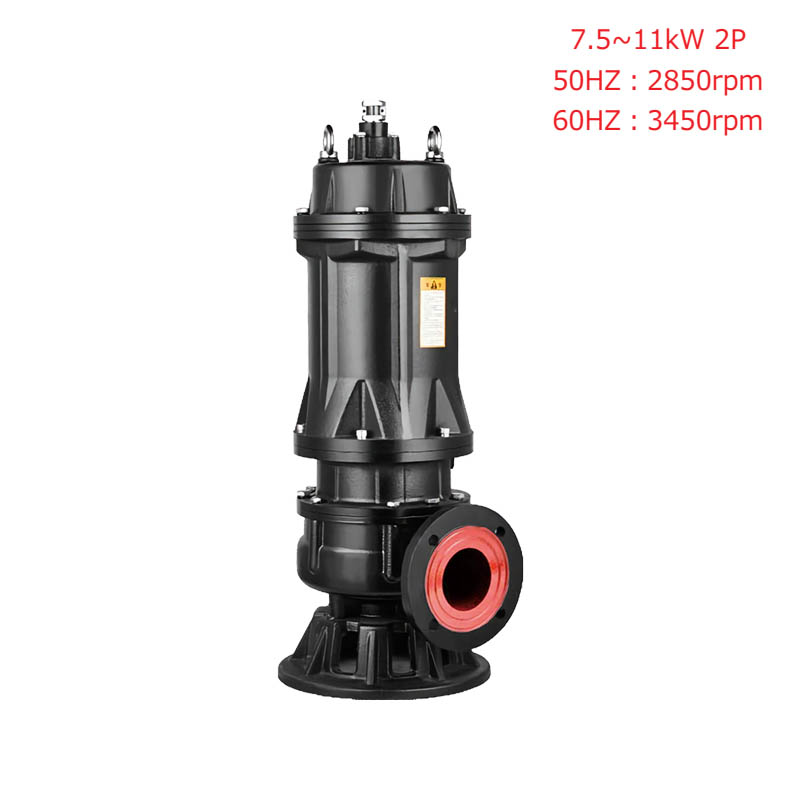Sewage pumps are widely used in wastewater treatment, and issues may arise during operation. Timely diagnosis and corrective actions are vital for maintaining pump efficiency and prolonging service life. It's crucial to follow a step-by-step approach,checking external components before delving into the internal parts. Always follow the principle of checking external components before internal parts, and avoid blind actions.

Troubleshooting Common Sewage Pump Issues
Symptom 1: Pump Won't Start
Common Causes: Tight packing, debris blocking the impeller, rusted shaft/ bearings, or bent shaft.
Solutions: Loosen the packing, clear the intake, clean the pump, remove rust, or replace the shaft.
Symptom 2: Insufficient Flow
Common Causes: Air leaks in the suction pipe, blocked intake, low water intake depth, low pump speed, worn seals/impeller, excessive suction height.
Solutions: Seal air leaks, clean the intake, increase water intake depth, check voltage, increase pump speed, replace worn seals, or relocate the pump for better suction.
Symptom 3: Cannot Prime Water
Common Causes: Air in the pump, leaks in the check valve, poor priming, worn packing, or leaks in valves or pipes.
Solutions: Prime the pump, seal leaks with lubricants or sealant, check and replace worn parts, and ensure the pump system is properly sealed.
Symptom 4: No Water Flow
Common Causes: Incomplete priming, intake pipe damage, or low water level.
Solutions: Refill the pump, lower the pump position, or repair the intake pipe.
Symptom 5: Vibration or Noise
Common Causes: Improper installation, damaged bearings, or misalignment of the shaft.
Solutions: Reinstall or lower the pump, replace bearings, and align the shaft.
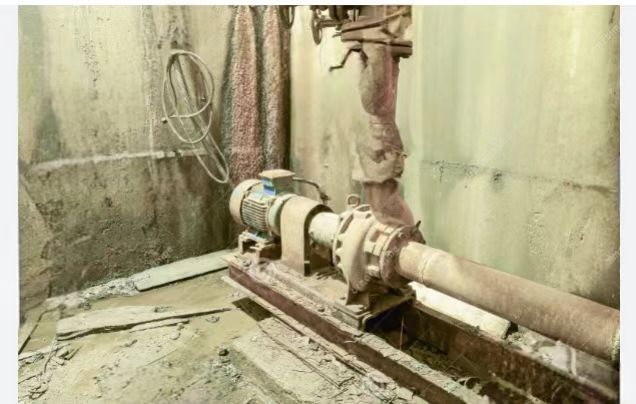
Symptom 6: Excessive Power Consumption
Common Causes: High pump speed, misalignment, unsuitable pump selection, blockage, or bearing failure.
Solutions: Lower pump speed, align the shaft, select the correct pump, clear blockages, and replace bearings.
Symptom 7: Overheated Bearings
Common Causes: Lack of lubrication or bearing damage.
Solutions: Add lubrication or replace bearings.
These are the most common causes of pump failure, but each issue may require specific attention based on the situation.
Using a Multimeter and Insulation Resistance Tester
Before beginning any troubleshooting, it's essential to have the right tools on hand. A multimeter and insulation resistance tester can provide valuable insights into the electrical components of the pump system. Here's how to use these tools effectively:
Multimeter Usage:
- *Always start with the highest voltage or current range if you're unsure of the values, then adjust as necessary.
- *When measuring voltage, connect the multimeter in parallel with the system; for current, place it in series.
- *Double-check the settings (AC or DC) to ensure you are measuring the correct type of signal. Incorrect settings can result in inaccurate readings.
- *Do not change the range of the multimeter while measuring high voltage or current to avoid damaging the tool.
- *Replace the multimeter battery when the "BATT" or "LOW BAT" symbol appears to ensure accurate readings.
By following these steps and using the appropriate diagnostic tools, you can effectively identify and address common sewage pump issues. Regular troubleshooting and maintenance will ensure the longevity and efficiency of your sewage pump system, preventing unexpected failures and costly repairs.
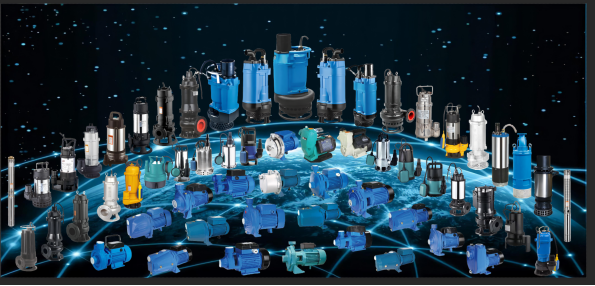



 English
English русский
русский عربى
عربى